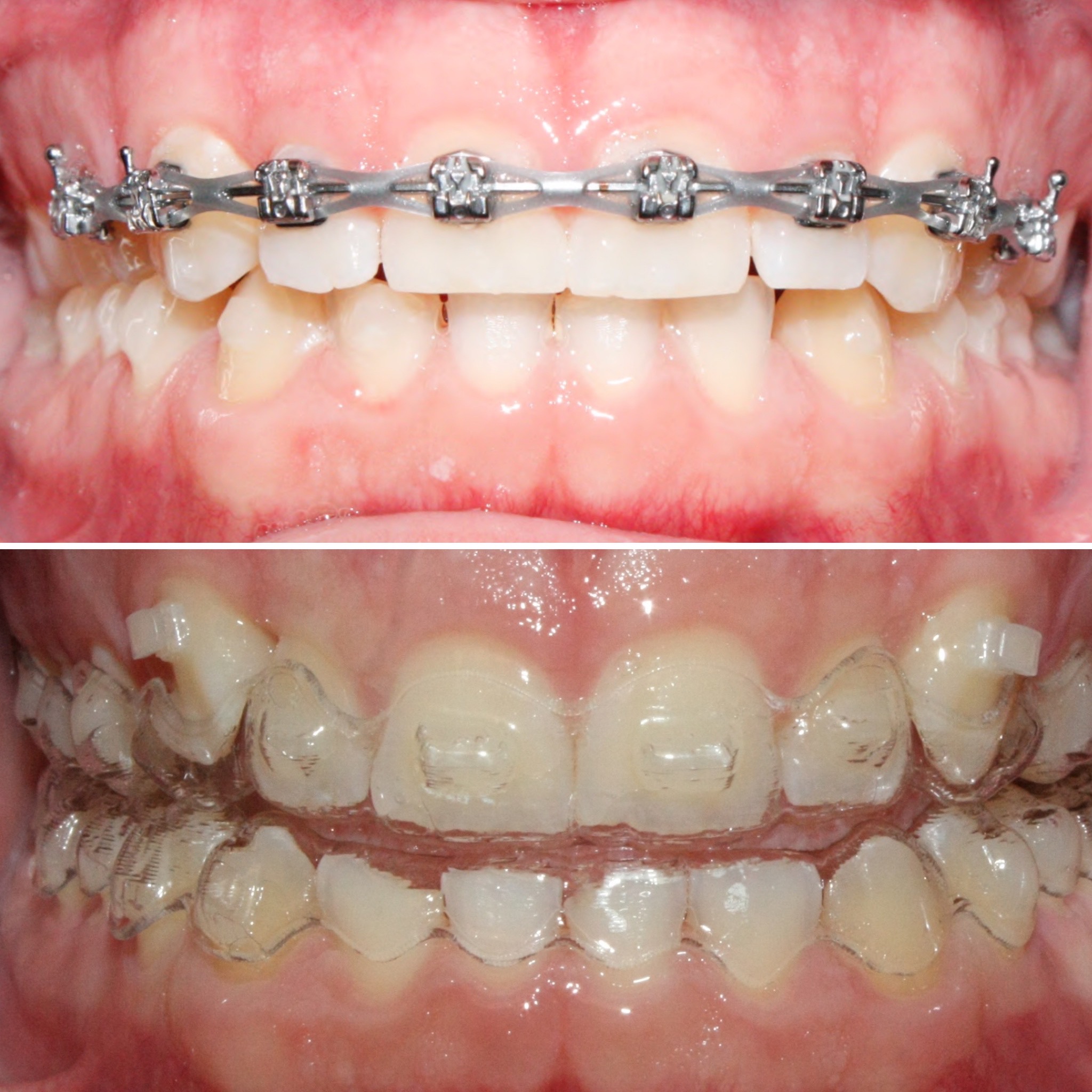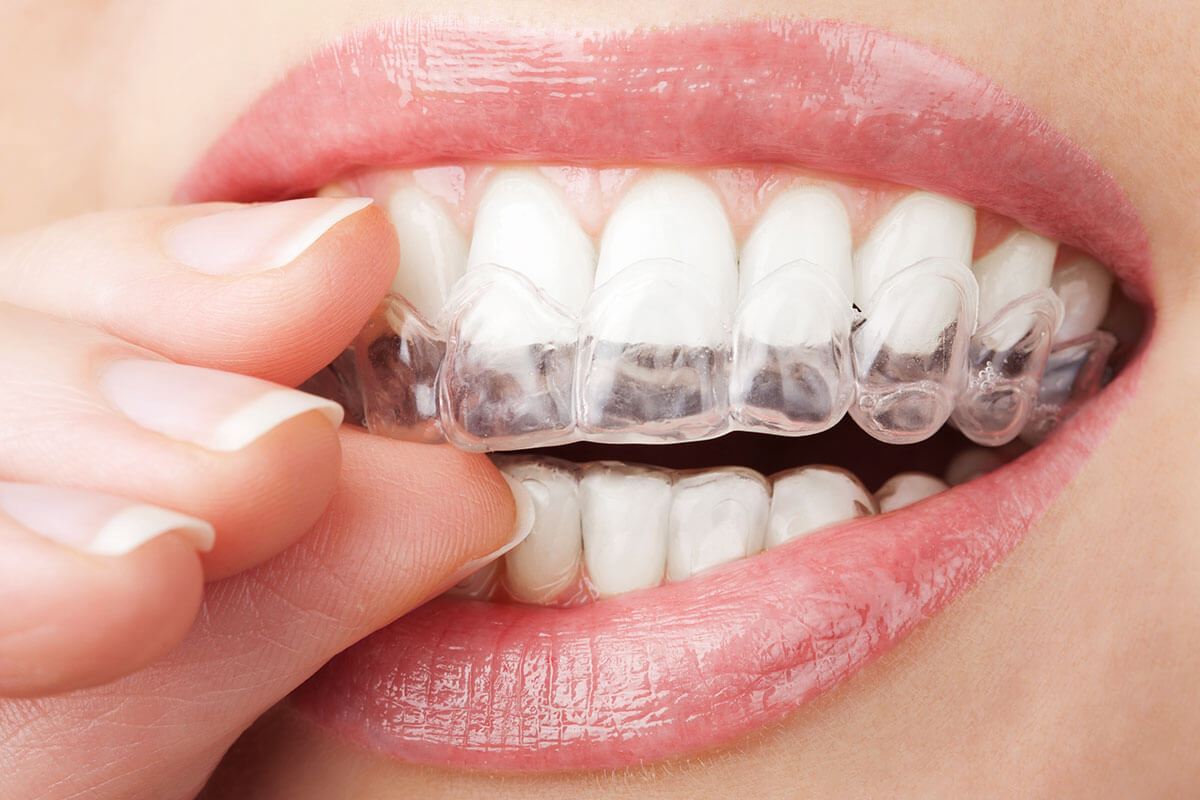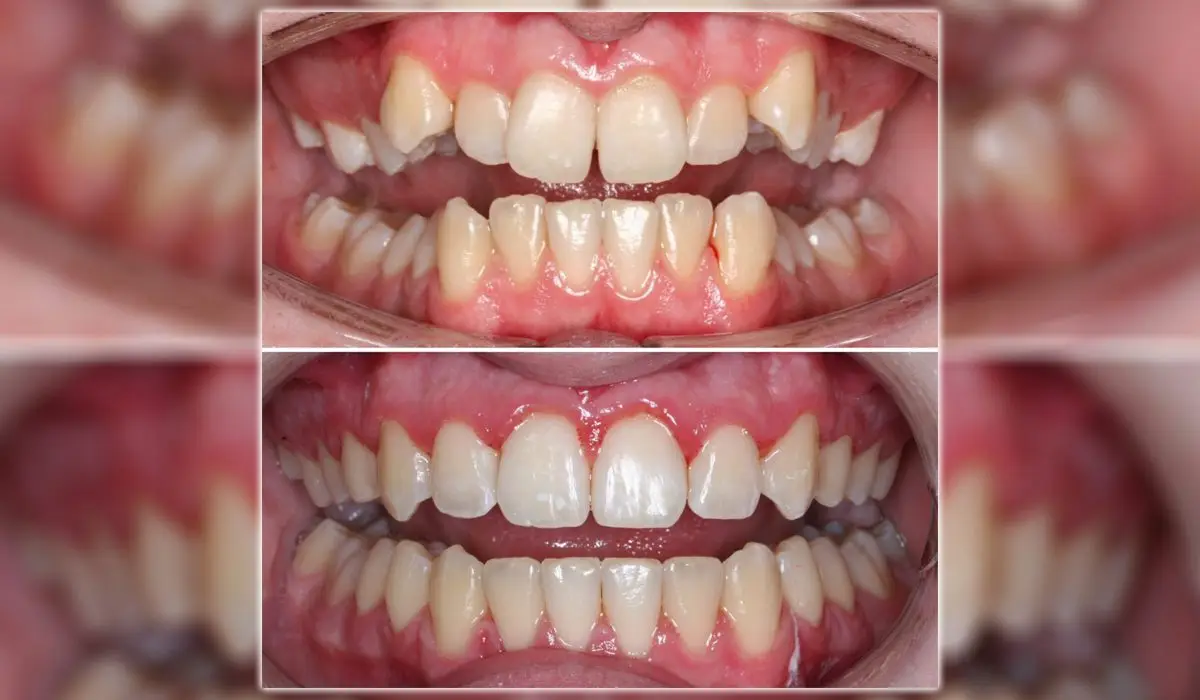Leading Factors to Choose Invisalign Over Other Orthodontic Treatments
Invisalign vs. Standard Dental braces: Which Choice Is Right for You?
When taking into consideration orthodontic therapy, the choice between Invisalign and typical dental braces offers numerous vital aspects that merit cautious examination. Invisalign offers a discreet alternative with removable aligners, while typical dental braces offer a much more visible yet reliable solution for extreme misalignment. Each alternative incorporates distinctive advantages and drawbacks connected to visual appeals, comfort, therapy duration, and expense. Understanding these nuances is important for making an educated decision that straightens with your personal choices and way of living. The concern remains: which choice will ideal meet your orthodontic requirements and expectations?
Introduction of Therapy Choices

In contrast, traditional dental braces include steel braces and wires that are bound to the teeth. This technique uses continual pressure over time to accomplish alignment. While efficient for intricate orthodontic issues, typical dental braces call for routine brows through for modifications and can position difficulties in preserving oral hygiene due to the difficulty of cleaning up about braces and cables.
Both choices have their benefits, and the option often depends upon details oral conditions, way of living choices, and client compliance. Ultimately, getting in touch with an orthodontic professional is important for identifying one of the most appropriate treatment plan customized to private requirements. Comprehending the subtleties of each alternative can substantially affect the overall success of orthodontic therapy.
Visual Considerations
A substantial aspect affecting the option between Invisalign and conventional braces is the aesthetic appeal each treatment uses. Invisalign aligners are crafted from clear plastic, making them basically invisible when used. This very discreet appearance is specifically interesting teens and adults who might really feel awkward about their orthodontic therapy. The capability to maintain an all-natural smile throughout the positioning process can considerably improve the person's confidence in social and expert settings.
In contrast, traditional braces include metal brackets and cables, which can be a lot more obvious. While innovations in orthodontic technology have actually led to the advancement of smaller sized brackets and colored elastics, conventional braces still maintain an even more obvious account. For some people, the exposure of braces may discourage them from looking for needed therapy.
Eventually, the option between Invisalign and conventional braces might rest on personal choices relating to looks. People that prioritize discernment frequently favor Invisalign, while those that are less worried about exposure might choose typical dental braces. Comprehending the aesthetic ramifications of each option is essential for making a notified choice that aligns with one's way of living and choices.
Convenience and Convenience

In terms of convenience, Invisalign aligners are removable, enabling people to appreciate their favorite foods without restriction and preserve optimal oral health. Cleaning and flossing are streamlined, as the aligners can be taken out during these regimens, whereas standard dental braces need mindful steering around wires and you can find out more brackets.
In comparison, standard braces require normal changes, making them much less convenient for those with active schedules. In general, the comfort and convenience of Invisalign make it an attractive choice for many individuals seeking orthodontic treatment.
Treatment Duration and Effectiveness
While both Invisalign and standard braces work in correcting oral misalignments, the period of treatment can differ significantly between both options. Generally, Invisalign treatment can take anywhere from 12 to 18 months, depending on the complexity of the instance. The clear aligners work by progressively shifting teeth into their preferred placements, and regular follow-ups with an orthodontist aid guarantee development remains on course.
In comparison, conventional dental braces frequently require a longer dedication, usually varying from 18 months to 3 years. This results from their fixed nature and making use of cords and brackets, which can be much more effective for serious misalignments and intricate cases (Invisalign). The therapy performance of traditional dental braces is well-documented, as they permit exact changes and greater control over tooth movement
Inevitably, the choice between Invisalign and look at this website typical braces may rest on both the anticipated therapy duration and the certain dental problems available. Consulting with an orthodontist is important, as they can offer tailored referrals based upon private demands, making certain the chosen approach aligns with wanted durations and results.
Price Contrast and Insurance Policy Choices
Expense plays a considerable function in the decision-making procedure for individuals taking into consideration orthodontic therapy, whether going with Invisalign or standard dental braces. On standard, the expense of Invisalign varieties from $3,000 to $8,000, while traditional braces typically set you back in between $2,000 and $6,000. Aspects affecting these expenses include the intricacy of the instance, the duration of therapy, and geographical place.
Many oral insurance strategies give partial insurance coverage for orthodontic treatments, yet the specifics can vary commonly. Normally, conventional braces might be extra often covered by insurance policy strategies compared to Invisalign, which some insurers categorize as a cosmetic procedure.
In addition, a number of orthodontic methods provide versatile repayment plans, making both treatment options a lot more obtainable. People must ask about possible funding options and discounts for ahead of time repayments. why not check here Assessing the complete cost, consisting of insurance policy benefits and layaway plan, is important for making an educated decision that straightens with both visual choices and budget plan considerations.

Verdict
In summary, the option in between Invisalign and traditional dental braces depends upon several elements, consisting of aesthetic choices, comfort, therapy period, and cost. Invisalign supplies a very discreet, removable choice that promotes dental hygiene and dietary flexibility, while typical braces might be extra appropriate for complicated oral concerns and usually come at a reduced cost point. Inevitably, assessment with an orthodontist is vital to evaluate private scenarios and establish the most proper treatment option for accomplishing ideal oral positioning.
When considering orthodontic treatment, the option between Invisalign and standard dental braces offers several vital elements that warrant cautious evaluation.Contrasting Invisalign and traditional dental braces exposes unique therapy choices for orthodontic correction.While both Invisalign and conventional braces are reliable in correcting oral misalignments, the duration of therapy can vary significantly between the 2 alternatives.Price plays a significant role in the decision-making process for individuals considering orthodontic treatment, whether choosing for Invisalign or traditional dental braces.In recap, the choice in between Invisalign and conventional braces pivots on several aspects, consisting of visual choices, convenience, therapy period, and price.